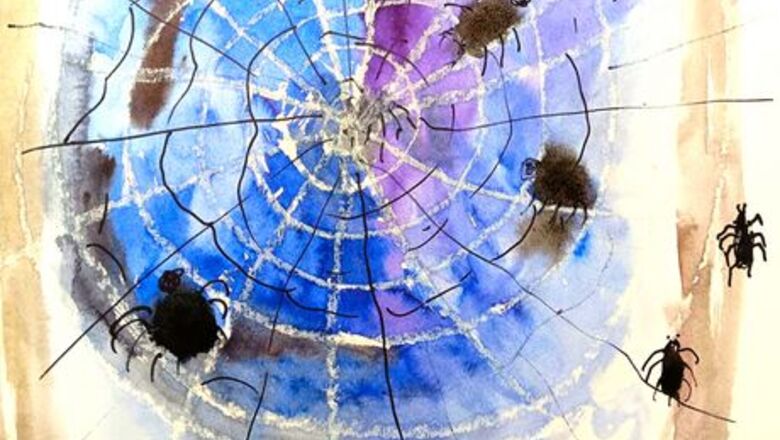
views
Practicing
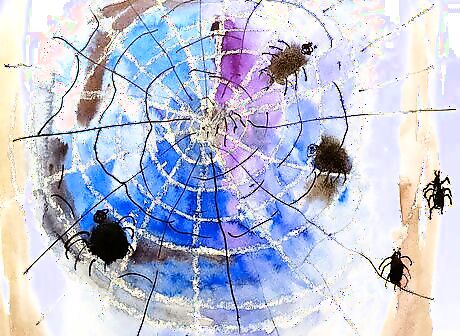
Know what the result will look like.
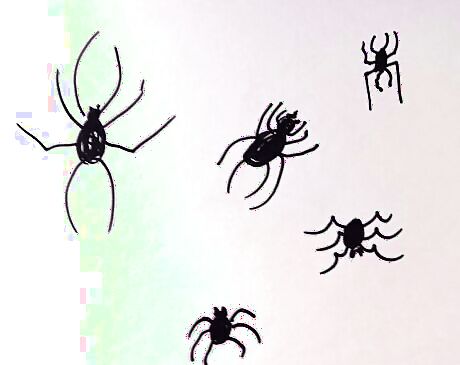
Practice drawing black spiders. Fill a page with various ones. Make up some terrible ones. Search up cartoon spiders for ideas and draw them using a thick-tip black marker. Head: A black circle, filled in can be a spider's head. Body: Attach an elongated oval with a marker for a simple body. 'Legs: They can be curved lines, arched lines, or fine lines (using a fine-line black marker.) Make the same number of legs on each side of the spider's body.
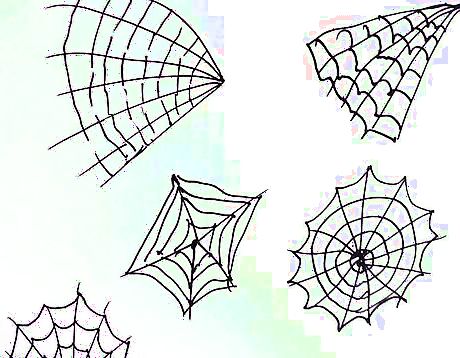
Make another page for practicing web structures. Use a pencil to lightly sketch webs, then go over lines with the black marker. Many webs begin with a center dot. Webbsz.jpg Make lines coming off the center. To make the web, draw out from the central dot, making larger and larger circles. For a corner web, put the dot against the paper's edge and draw lines coming off it. Cross the lines with swiggly or straight lines to form the web.
Painting
Gather and set up the required supplies. Put down paper or plastic over your workspace. Fill the container with water.
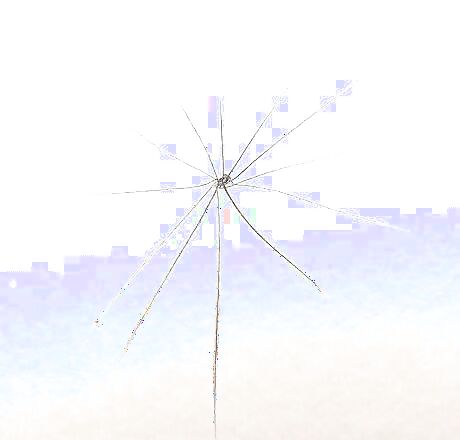
Hold the paper in vertical or horizontal format. With the pencil, draw a dot on your paper. Draw lines coming off the center dot. Do as many as you wish but at least 10.
Draw circles lightly in pencil surrounding the center dot. Make as many as you like but at least 6. More is even better.
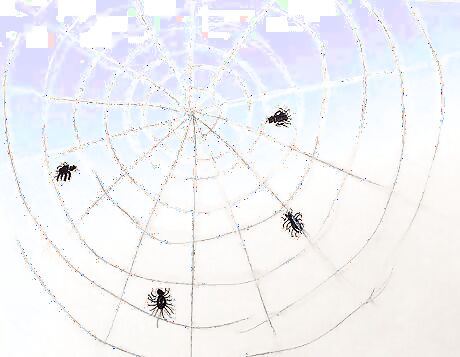
Go over these pencil lines using the white crayon. Press down hard as you work. Get a lot of the wax on all the lines.
Draw spiders on the web. If you're hesitant, you may do them first in pencil. Then ink them with black markers.
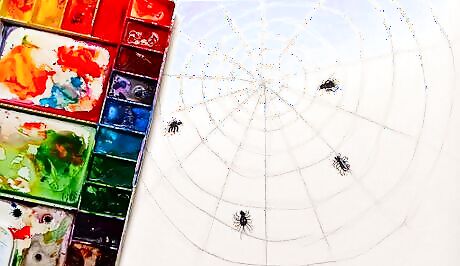
Wet your watercolors with at least six drops of clean water on each pad. If you are using tube watercolors, squeeze dark colors such as purple, blue, green for each color. You can always squeeze out more pigment if you need it, as you work.
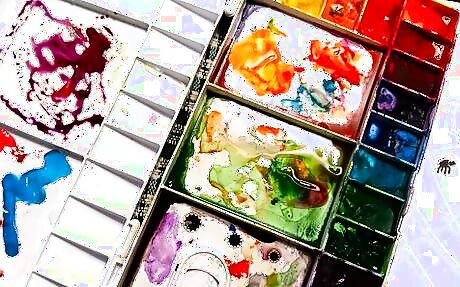
Put purple on your brush and in the mixing area of the palette, dilute it with water. Use at least 3 times the amount of water as paint. Paint a practice stroke on scrap paper. It should be rich enough to show up the color but not be heavy like poster paint. This technique is called Crayon Resist. This means that the wax crayons will protect the paper and resist the paint. (It's proof that oil and water do not mix)
Mix a good puddle of paint diluted with water. Partially paint the page with this first color. Repeat the same process of diluting another color (like blue, green, or black) on your palette. Test on a scrap to be sure it isn't too thick. Paint different colors on your paper. Enjoy watching the paint be repelled by the white crayon.
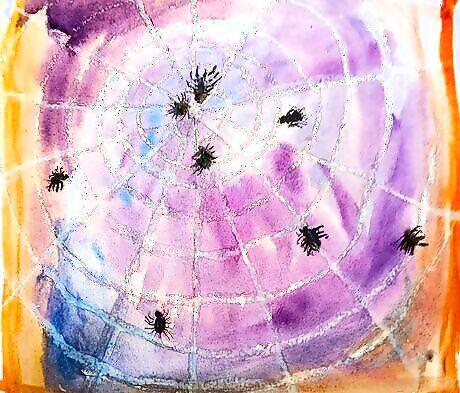
Work until your entire web is clearly showing and the space behind it is painted. If you wish, add stripes of brown on all sides to represent the molding or trim on a window.
Add more spiders as deemed suitable.
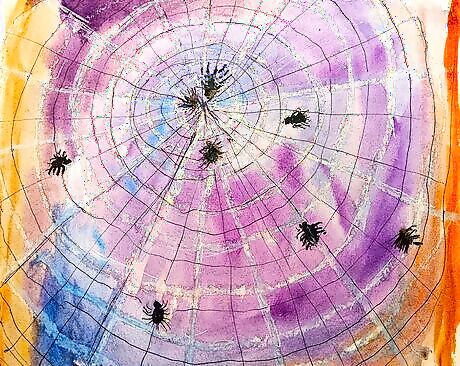
After the painting is dry, if it needs to be brighter, add more colorful paint in places, remembering to keep the watercolor paint well mixed with water. Try putting one color over another. For example, try green washed on over blue. Any combinations of colors you wish.Addmarker.jpg Use a hairdryer to dry layers as you go if you wish.
Add more webbing with a fine-tipped marker if it feels lacking.




















Comments
0 comment